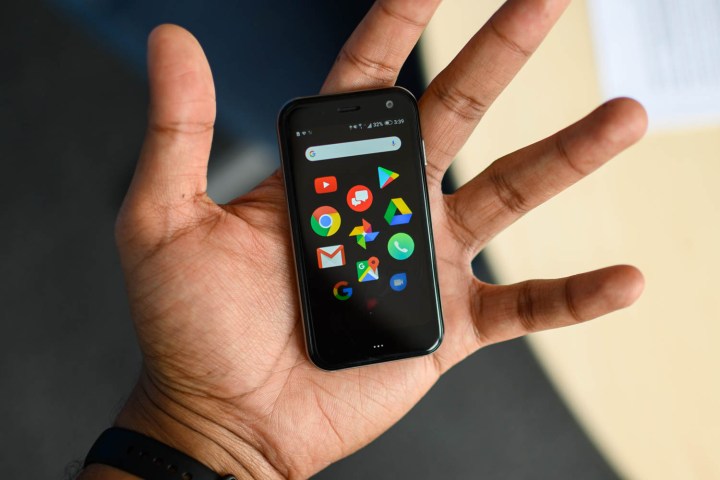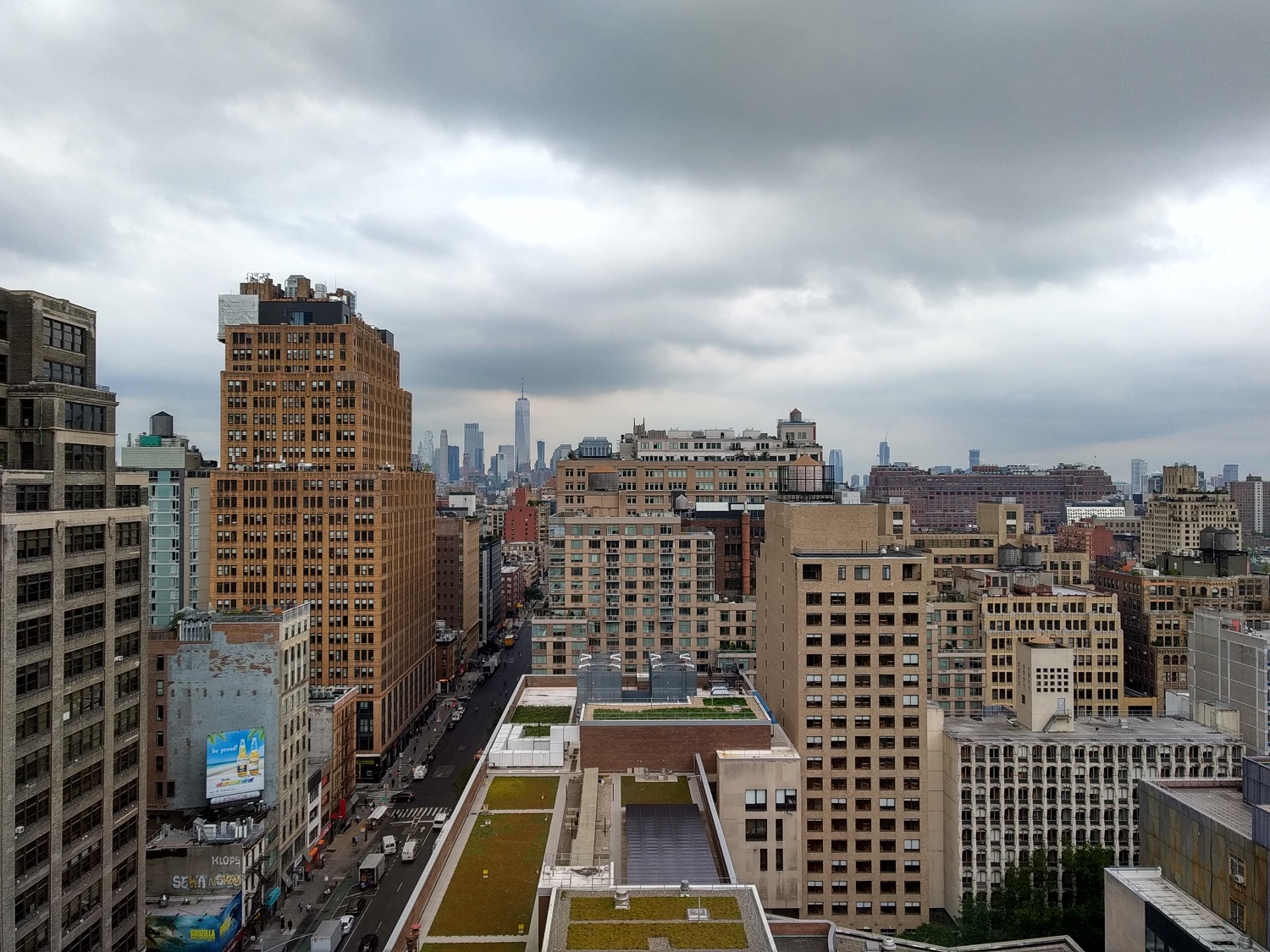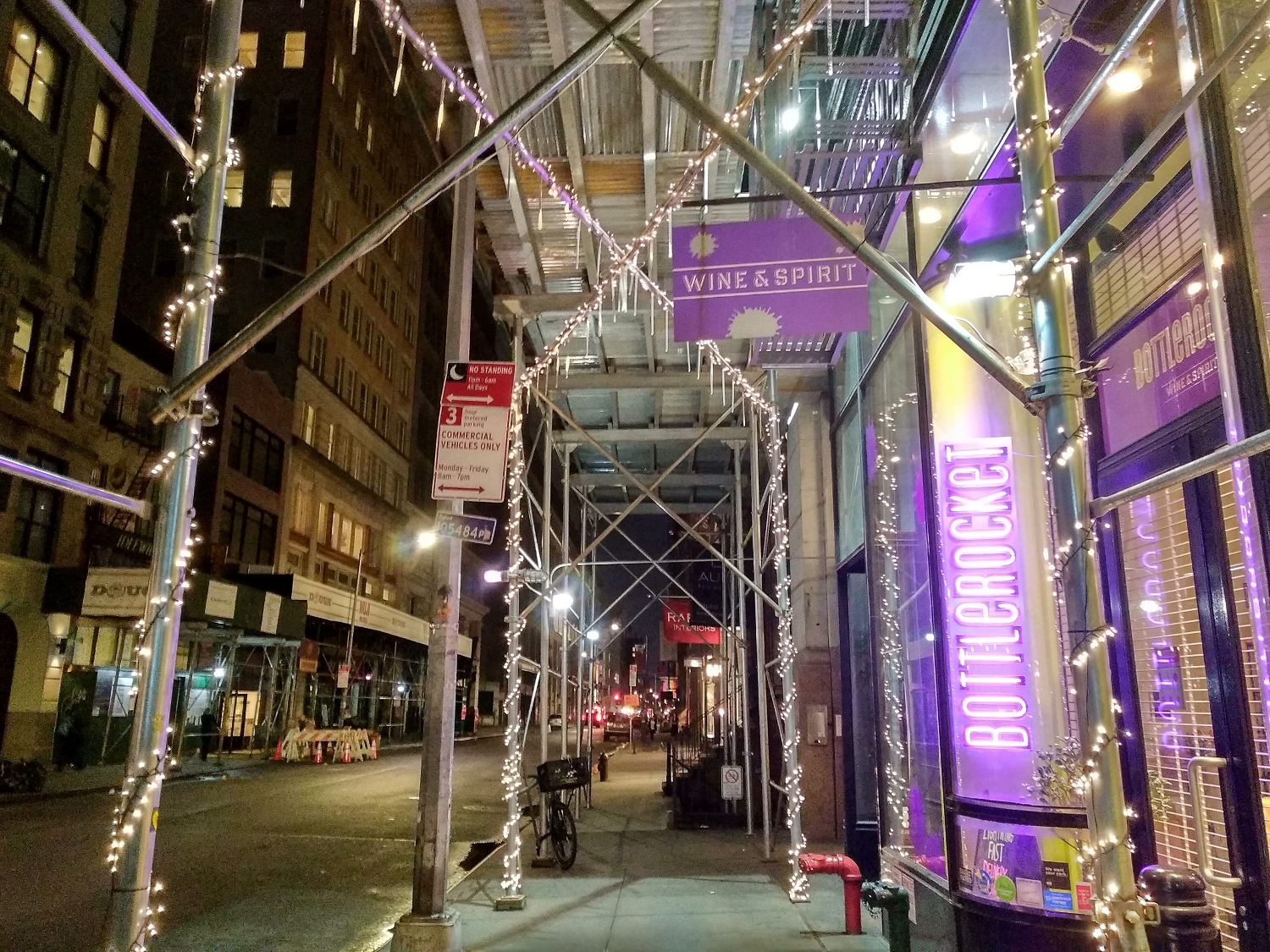
Our worst-rated product of 2018 is Palm’s first smartphone. It’s positively tiny, which is what makes it unique, but poor battery life, a high price tag, a mediocre camera, and the fact it can only be used as a secondary phone left us scratching our heads. Now, the Palm is back as a stand-alone, unlocked device. That means you can use it as your main or only phone on various carriers like AT&T and T-Mobile. The question is: Would you want to?
Interview with Palm co-founders Howard Nuk and Dennis Miloseski on Digital Trends Live.
Limiting screen time
Palm isn’t the company it once was; it’s run by different people, and TCL manufactures the hardware — that’s the same company that licenses and manufactures Blackberry smartphones. The company’s first smartphone is targeted at people who want to limit their screen time without needing to go completely offline and become a hermit. It’s why the Palm’s screen is only 3.3 inches — to make reading on it for prolonged periods of time intolerable.
The new stand-alone version of the Palm is unlocked, so it will work on GSM carriers including Verizon, AT&T, T-Mobile, and Metro by T-Mobile (it doesn’t work on CDMA carriers like Sprint). It still costs $350, but because it’s no longer a companion device, you don’t need to pay an additional $10 a month for cellular connectivity on a second device (just your regular phone bill). You also don’t need to have another phone for the Palm to work, and if you bought a companion Palm, you can swap it for the stand-alone model through Verizon. It’s a better value now.
But many of the issues still apply, because the hardware is the same as the original companion Palm. A software update claims to have improved battery life and camera performance — and it has — but the camera is still mediocre, and battery life remains poor when using the phone.
Size is the Palm’s biggest strength
What I love about the Palm is its size; it’s minuscule, going against the trend of ever-increasing smartphones. Turns out, I don’t mind the tiny screen all that much. Yes, apps are cramped on it, but it’s easy to hold and use with one hand, and it takes up little room in my pocket. It’s a joy to use and carry around.
Because it runs Android (version 8.1 Oreo), you can install all the apps you want just like on any other Android smartphone. The interface is unlike any other Android phone though, and reminds me of the app screen on the Apple Watch. It’s dead simple to navigate, and the software looks and feels quite polished. Despite a Qualcomm Snapdragon 435 processor with 3GB of RAM, performance is good, with only a few stutters here and there. Don’t expect to comfortably play many games on it, though.
Battery anxiety
What’s a necessity is turning on a feature called Life Mode. It’s essentially the same as Do Not Disturb found on other phones, as it won’t alert you to any notifications; the phone won’t even light up. In this standby mode, the Palm loses battery life at a much slower rate. It’s still not great: Within an hour of not using the phone in Life Mode, the battery dropped 10 percent.
Start using the phone and things get worse: The 800mAh battery depletes rapidly. I took it as my main phone when I went to the movies, with 100% charge in the tank. I used it to browse Reddit and Twitter on a 20-minute train ride, and the battery dropped to 75 percent. I turned on Life Mode and didn’t touch the phone during the movie, and after two hours, the phone had 71 percent. Life Mode does an okay job, but the battery should not deplete that quickly when the phone isn’t in use.

Afterward, I took a handful of photos to test the Palm’s camera, and then browsed the web a little more as I sat on the train ride home. In the span of about 3 hours, the Palm fell from 100 to 45%. It can survive a normal workday if I hardly touch it and always leave it in Life Mode, but if I used it as I would any other phone, the Palm would be dead before 3 p.m..
You can argue the rapid drop in battery life is aimed at making you use the phone less, but as I could install any app on it like other phones, the small screen did not irk me enough to limit my screen time; I still used the Palm as I would any other phone. The company should have offered a restricted version of Android that wouldn’t have allowed me to use all the same apps I love. The smaller screen didn’t do its job of putting me off. Sure, I’m not going to watch a movie on the Palm, but it works well for almost everything else.
If I used it as I would any other phone, the Palm would be dead before 3 p.m.
I do not feel comfortable relying on the Palm as a stand-alone phone. Trying to limit screen time is sensible, but we rely on our phones for so many important things in our day-to-day lives. You need it to navigate places and to communicate with people, and if the poor battery life can’t guarantee the phone will be around when you need it, then you should buy another phone and aggressively use the Do Not Disturb function — or hey, try a cellular smartwatch.
The camera is important
Even if you wanted to use a phone designed to limit screen time, we all still want to take photos to capture special moments. The updated camera on the Palm can take decent photos — if you have the right lighting, as well as hands that can be absolutely still. If not, you’ll often end up with a blurry mess.
The image quality is nothing to write home about, and low-light photos are too grainy to use. A good camera is one of my most important features on a smartphone, and I would not be happy if the Palm’s camera was all I had in my pocket.
Pricing and availability
The unlocked, stand-alone Palm is now available for pre-order for $350 from Palm’s website, and you’ll get free shipping for a limited time. The device will be shipped in six to eight weeks of purchase. You can still buy the companion Palm through Verizon if that’s the route you want to take.
If you’re swapping from a companion model to the stand-alone version, keep in mind that Verizon is offering a $200 credit to do this, so you still need to cough up some dough. Check with Verizon to see exactly how much you may need to pay, as their offerings change frequently.
Alternatives and conclusion
If you are desperately looking for ways to limit your screen time, I recommend taking an hour to understand how your phone’s Screen Time (on iOS) or Digital Wellbeing (Android) features work. These are built into smartphones and offer tools to start managing your screen time. Also try to use the Do Not Disturb function more. Regardless of whether you’re on iOS or Android, Do Not Disturb can visually block out all notifications if so desired.
Another alternative is to buy a cellular smartwatch. The best choice is the Apple Watch Series 4 (the Series 3 is a good option and can be found for less, too). You’ll be able to leave your phone behind and still get notifications. You can turn on Do Not Disturb or customize notifications so you only see important ones. You’ll need to pay a monthly fee to your carrier for data-only service on the watch, though. Android owners will want to look at Samsung’s Galaxy Watch, as it supports LTE as well.
The Palm would be a much stronger stand-alone phone if it delivered a battery that could last a day or more, and if it had a capable camera. These aren’t impossible requests — phones like the Moto G7 Power or the Google Pixel 3a deliver this already at a comparable price. Neither of those phones have a 3.3-inch screen, though. It’s why I think Palm is well-positioned to capture a niche segment of the people looking for small phones that don’t need powerful workhorses, but it’s just not there yet.


















